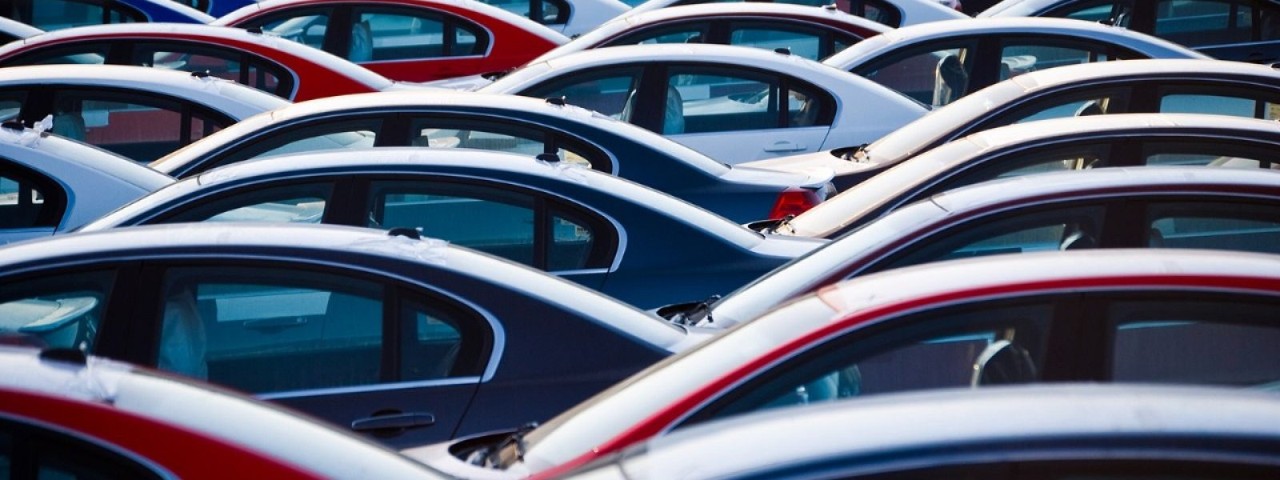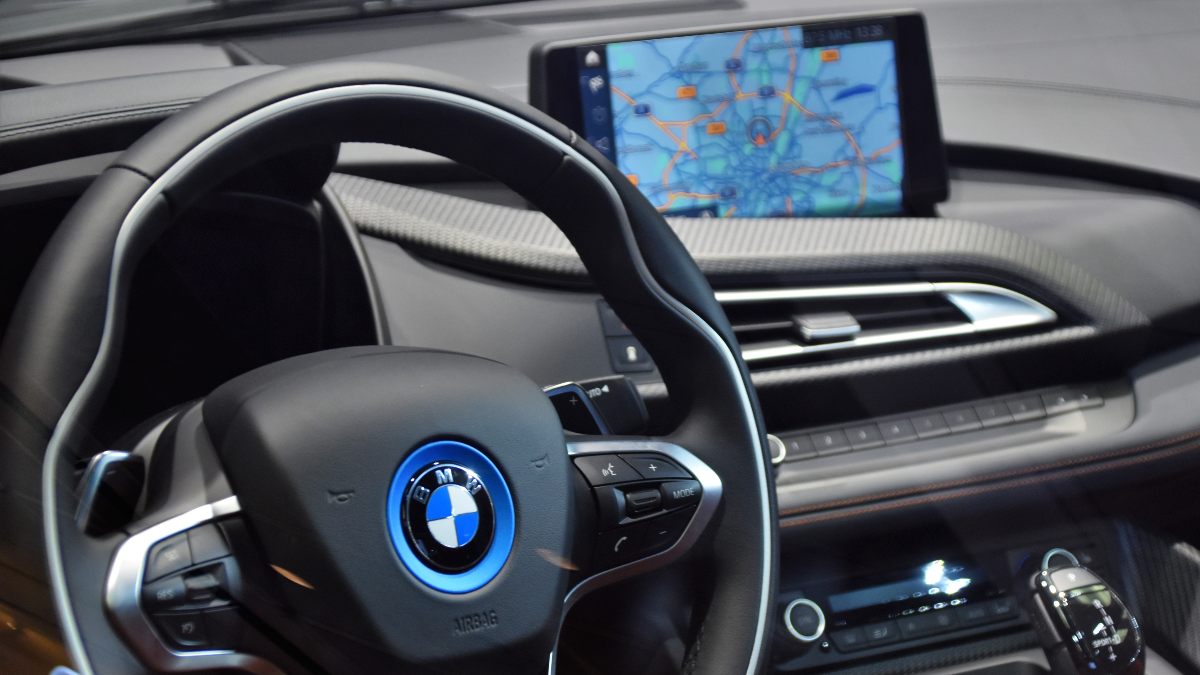Learn what to do when your car breaks down in Victoria, with step-by-step safety tips, what to check, and who to call for help across the state.
New-car extras: what you need and what you don’t

Some new-car accessories aren't worth the money.
Henry Ford famously said his customers could have a car painted any colour they liked, as long as it was black. How times have changed.
These days, new-car buyers are confronted with a huge, and many would say overwhelming, range of choices. Not just colours, but makes, models, body types, transmission systems, fuel sources, engine sizes … the list goes on. Freedom of choice is a great thing, but narrowing down the plethora of options to the ones that best suits your needs, budget, personality and taste can be exhausting and confusing.
Even when you’ve settled on your perfect car, it’s only the beginning. Car dealers will try to seduce you with an eye-popping array of optional extras – ranging from aesthetic tweaks and bigger wheels to new safety features and better infotainment systems.
These extras are big business – and can seriously boost the cost of your car – so it pays to put serious consideration into what’s really worthwhile and what isn’t.
Most cars have multiple variants in a model range, and it’s often prudent to step up rather than pay for added extras on a lesser model. While most options don’t have much impact at resale time, a more desirable variant is a better bet when it comes to recouping your investment.
So which extras are worth considering and which should you leave at the dealership?

Digital mapping is a handy addition to any new car, but smartphones do just as much
Worth a look
Safety systems
Additional safety is worth splashing out on, not just because it could save your life. It’s also one of the few options that may make the car easier to sell. There’s been a boom in active safety systems recently, including autonomous emergency braking (AEB), which can perform an emergency stop to avoid a crash. Blind-spot monitoring, which warns of cars running alongside, is also handy. So dig deep and cough up, because safety features are a fair chance to pay you back.
Metallic paint
Subaru doesn’t charge for metallic hues and most Mazda colours are included in the standard price. Mainstream brands typically charge around $500 for snazzier colours, but beware of luxury brands adding thousands for something that doesn’t typically cost much more to produce.
Tinted windows
They’re more about the look but can also bring privacy (in fact, they’re often marketed as privacy glass). But there’s a difference between factory-fitted and after-market tinting. The stuff fitted at the factory is built into the glass, but if you get it done locally it’s a plastic film, which has the potential to bubble or show scratches. Also shop around, because dealerships often sub-contract external companies that take their cut on top.
Digital mapping is a handy addition to any new car, but smartphones do just as much.
Not worth it
Extended warranties
The notion of additional peace of mind sounds tempting, but there are massive differences between optional warranties, so make sure buying one doesn’t commit you to costly additional maintenance schedules. Often Australian Consumer Law covers issues beyond the expiry of the factory warranty.
Paint/fabric protection
Regular maintenance and washing usually yields better results than a one-off treatment. Besides, most new cars have rust protection guarantees for up to 10 years. As for fabric protection, regular cleaning is a better bet, or you could apply your own spray-on fabric protection for a fraction of the price.
Digital radio
That third radio band should be included these days, because it opens up dozens of additional channels in major cities. But smartphones allow streaming of online radio, which can easily be sent via Bluetooth, opening up even more channels.
Satellite navigation
Digital mapping is a handy addition to any new car, but smartphones do just as much, and with a mounting bracket can easily be used to guide you.
Real leather
Leather seats are generally easier to clean than cloth, especially if the kids have their way. But there’s not much point going for real leather over the fake stuff common on many luxury cars; it’s almost impossible to tell the difference and fake typically lasts longer than the real thing.
Larger wheels and tyres
Big, shiny alloys look terrific and can improve steering precision. But that’s where the advantages cease; wrapped in lower-profile rubber (with less air between the road and rim) they’ll almost certainly transmit more bumps into the cabin and will be more susceptible to punctures. Plus, replacement tyres cost more.


